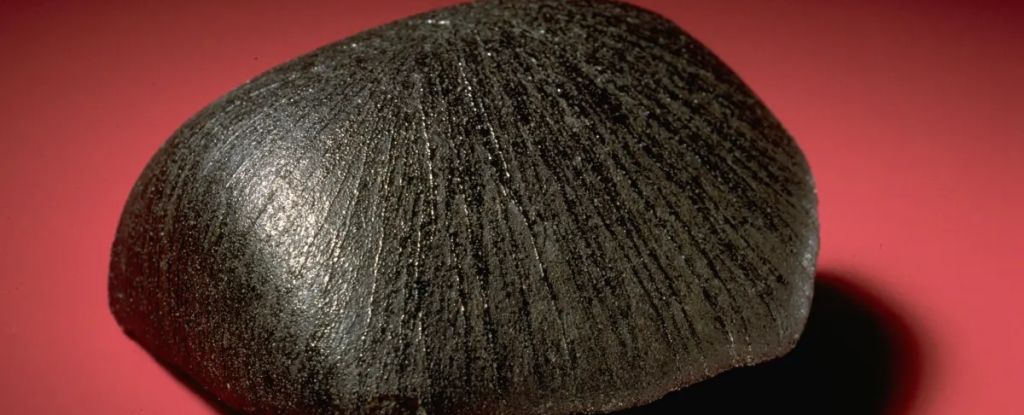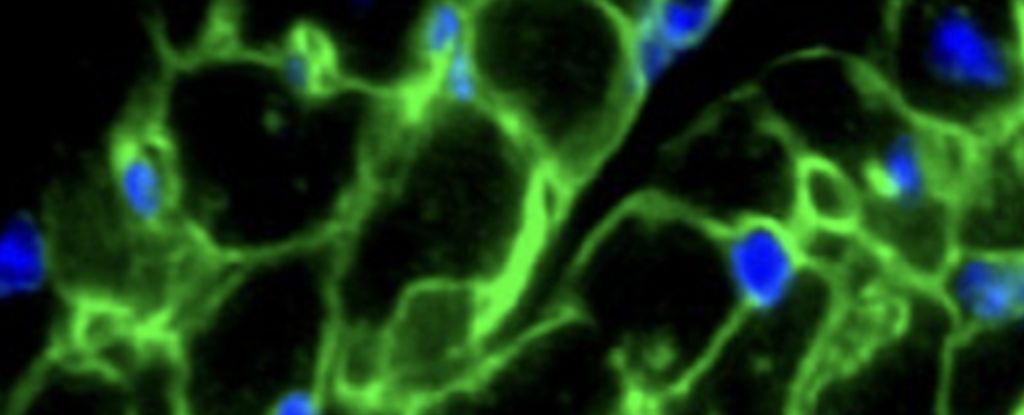ARTICLE AD
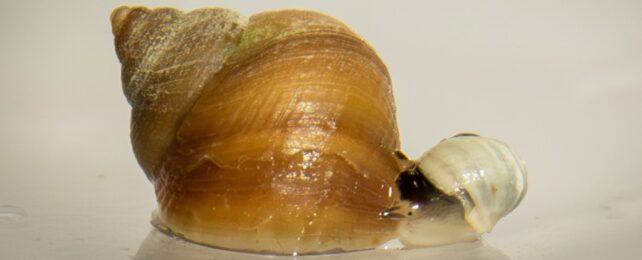 Two ecotypes of Littorina saxatilis snails: The 'Crab' ecotype on the left and the 'Wave' ecotype on the right. (©David Carmelet)
Two ecotypes of Littorina saxatilis snails: The 'Crab' ecotype on the left and the 'Wave' ecotype on the right. (©David Carmelet)
Scientists have watched an animal species evolve right in front of them in a fascinating 30-year-long experiment.
The rough periwinkle (Littorina saxatilis) is a small species of sea snail that is common to shores around the North Atlantic Ocean. That includes Sweden's Koster Islands and their rocky islets, called skerries, where a toxic algae bloom in 1988 wiped out large portions of the snail populations.
The deadly event set the stage for a long-term evolutionary experiment. In 1992, Kerstin Johannesson, a marine ecologist from the University of Gothenburg, re-introduced 700 snails to a skerry whose snail population had been eliminated.
But Johanesson didn't just replace the lost population with the same snails. Instead, she transplanted snails with a different 'ecotype', shaped by a different habitat, to see if they would evolve the traits of the original skerry inhabitants over time.
Sure enough, over the course of several dozen generations, the new colonists evolved down a strikingly similar pathway to their predecessors, shaped by the same habitat. The researchers accurately predicted changes in the snails' appearance and genetics, providing a fascinating example of evolution in action.
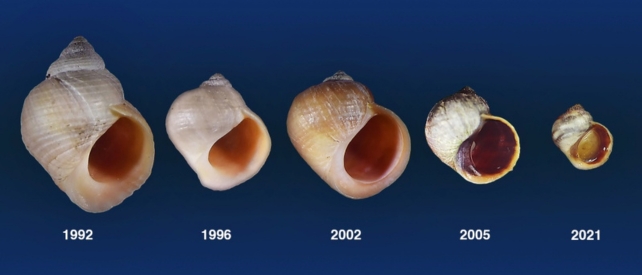 Samples of snail shells collected from the skerry in different years, demonstrating the changes from a Crab ecotype to a Wave ecotype. (© ISTA/Kerstin Johannesson)
Samples of snail shells collected from the skerry in different years, demonstrating the changes from a Crab ecotype to a Wave ecotype. (© ISTA/Kerstin Johannesson)In the Koster Islands area, L. saxatilis takes the form of a few different ecotypes, based on the environmental pressures each population faces. The so-called Crab ecotype lives in areas where they're preyed upon by crabs, so they tend to be more cautious and have evolved larger, thicker shells with no patterns and a relatively smaller entrance.
Another group is known as the Wave ecotype, which live on rocks away from crabs but are instead exposed to waves. These snails are much bolder and smaller, with thinner, patterned shells that have relatively larger openings.
Prior to 1988, it was the Wave ecotype that lived on the skerry used in the current experiment – a rocky islet that measures just three meters (9.8 feet) long. But after the algae bloom wiped them out, Johannesson and her team replaced them with snails of the Crab ecotype, to see if they would evolve to resemble Wave snails.
The team monitored the snails for three different types of changes. First was appearance: the average length, thickness, color, patterning and ridging of the snails' shells was expected to transition from those of Crab ecotypes to those of Wave ecotypes.
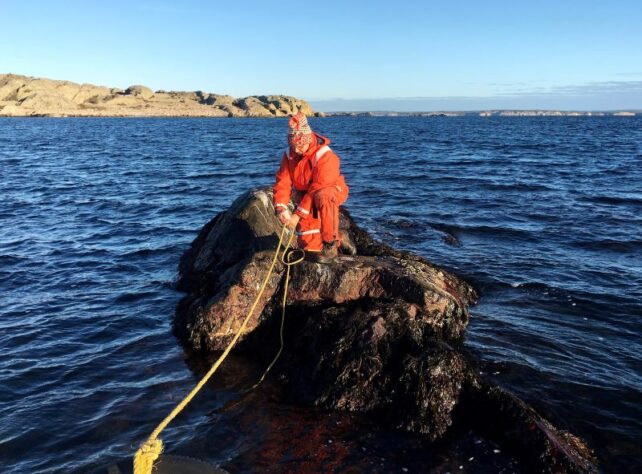 The experimental skerry. (©Bo Johannesson)
The experimental skerry. (©Bo Johannesson)These outward changes, or phenotypes, became apparent pretty quickly, given that the snails reproduce at a rate of a generation or two per year. Their shells changed from all beige to a wider range of colors, became thinner and smoother, and had broader openings and tips that weren't as pointy.
The other types of changes monitored were gene variability (the likelihood of certain variants being present at set locations in the genome), and larger genetic changes called chromosomal inversions. As expected, both of these trended away from the original Crab ecotype and began resembling a neighboring Wave population.
The team says the predictable evolution was due to a few factors. For one, the desired traits were already present in the genomes of the Crab ecotype, albeit at low concentrations. And secondly, Wave snails from a population just 160 meters (525 feet) away could have drifted over and contributed their genes to the mix.
These snails were well-positioned to adapt to changing environments, but other animals might not be so lucky.
"Not all species have access to large gene pools and evolving new traits from scratch is tediously slow," says Anya Westram, co-corresponding author of the study.
"Adaptation is very complex and our planet is also facing complex changes with episodes of weather extremes, rapidly advancing climate change, pollution, and new parasites. Perhaps this research helps convince people to protect a range of natural habitats so that species do not lose their genetic variation."
The research was published in the journal Science Advances.

 3 weeks ago
42
3 weeks ago
42 